Content:
The crops grown in the gardens are distinguished by their diversity. Along with currants, gooseberries, raspberries, strawberries and other berry crops, summer residents and gardeners in their backyards and gardens practice the cultivation of such a forest culture as blueberries, whose beneficial properties have been known in different countries of the world since time immemorial.
Types and varieties of blueberries
This culture is represented by two types: wild forest, growing in central Russia and coniferous forests of Siberia and the Far East, and cultivated garden.
So what are garden blueberries? Blueberry is the closest relative of blueberry. Breeders, crossing two berry crops, received hybrid varieties of garden blueberries. The best hybrid varieties, of course, surpass ordinary forest blueberries in yield and taste and are distinguished by high frost resistance. Gardeners use cultivars - hybrids obtained as a result of breeding work.
It should be noted the most popular varieties that breeders recommend to breed on personal plots:
- Bluecrop is one of the successful experiments of breeders, which has not lost its popularity and is currently considered the benchmark for blueberries grown in horticultures. It has high frost resistance up to -35 ° C.
- Chanticleer is the earliest cultivar that begins to bloom almost immediately after the last spring frost. The bush reaches a height of 1.5 meters, it is quite compact in appearance. This variety has abundant annual fruiting.
- Herbert - gardeners call the blueberry tree. The bush is tall, up to about 2 meters in height, has a spreading crown. Flowering is late, which allows the plant not to suffer from recurrent spring frosts that occur in the northern regions and in the Urals. High productivity. Frost and drought tolerant variety.
The varieties bred in Russia and are frequent guests in horticultural farms include: the magnificent honey plant Garden blueberry, Elizabeth, Forest pearl. Variety Sharp Eye has a characteristic elongated berry shape and is considered the most famous of the imported plants in various countries.
In addition to ordinary blueberries, gardeners grow annual garden blueberries forte, which have nothing to do with real blueberries. This plant was developed by an American breeder from varieties of creeping European and African nightshade. This hybrid has several names: sun berry and sunberry. Black forte blueberries with a glossy sheen, high-yielding. In terms of taste, it may well replace ordinary garden blueberries.
What blueberries look like
Perennial deciduous shrub has a height of up to 30 cm, with a crown of a small spreading tree, belongs to the Heather family. The Latin name is Vaccinium myrtillus. The leaves are oval, covered with hairs. In late autumn, the bush sheds them, on it you can clearly see the growth over the summer season - young bright green twigs, on which whitish buds are visible, pressed against the stems. It blooms in late May in solitary, greenish-white flowers.In July, when the blueberries ripen, they turn black with a bluish bloom. Fruiting begins in the second year.
Agricultural technology for growing blueberries
How to properly plant blueberries so that they take root and give a good harvest? Gardeners believe that this is a whimsical plant, despite the fact that it lives and reproduces well in the wild. In this situation, it should be taken into account that hybrid varieties cultivated for a given area grow in the gardens. If you read the instructions and requirements for planting and care, a good harvest of berries will be ensured even for a novice gardener. All bushes will be covered with large blueberries.
Landing
For planting blueberry bushes on the site, you should choose a place with partial shade, since in the wild it grows and matures under the canopy of broad-leaved trees. Sunlight is destructive for her. The blueberry leaves burn out from direct sunlight.
This is a moisture-loving plant. It takes root well in places where groundwater is 1-1.5 meters above the ground. It is good if the soil under the bushes is mulched and wet under the mulch. It is better to use pine needles rather than sawdust as mulch. In this case, the acidity of the soil will be increased, which the planted bushes like.
A planting hole is prepared, which should be 3 times larger in diameter than the root system of the plant. The optimum depth of the pit is 50-60 cm. The edges of the pit are lined with a dense film so that the acidity of the soil (pH 3.8-5.0), created with the help of mixtures and acidification, is preserved for a long time in the place of planting of the bush.
At the bottom of the pit, litter is lined, which is a mixture of sawdust, peat, sand, powdered bark, fallen needles. Blueberry growers advise adding ¼ part of a teaspoon of sulfur to a bucket of the above mixture. Their recommendations also include watering the earth with acidified water. You can use citric acid (a tablespoon per bucket of water) or apple cider or table vinegar (100 ml per bucket of water) for acidification. This watering contributes to soil acidification. Such a solution will need to be poured into the hole under the bush once a month.
The roots of the plant dry out very quickly in the air, so before planting, blueberries in containers must be watered abundantly. Carefully remove the bush from the container, straighten the roots, squeezing a lump of earth a little, and place it in the center of the hole. Sprinkle around with earth and a layer of pine needles. The soil around is well compacted and watered. Continue filling the planting hole, alternating layers of soil and components of the mixture. After planting, the plant should appear as if on a tubercle. The last layer is mulching with needles. As the soil layers in the pit overheat or shrink, mulch is poured. If the planted plant is more than three years old, all blueberry shoots are shortened to 25 cm.
Reproduction
Gardeners consider cuttings to be the easiest and most reliable way to propagate blueberries. The top of a green shoot up to 20 centimeters long with 2-3 growth buds is used for this purpose. The lower cut is made at an angle, the top is cut evenly, leaving 2-3 cm above the upper kidney.
Rooting of cuttings is carried out in a mixture of peat with a baking powder, which can be perlite or sand.The base of the cutting is sprinkled with a growth stimulator for better rooting. The stalk sits down at an angle, the soil is moistened and covered with a cut plastic bottle. The container with cuttings should be in a warm place with 10 hours of daylight.
Rooting is fast. Cuttings cut in early August can be planted in the soil in early October. Newbie gardeners often have questions: when will they begin to bear fruit, and how many times in their life blueberries generally bear fruit. Garden blueberry bushes give yields annually, grown from cuttings begin to bear fruit for about 5-6 years, depending on the variety.
You can get seedlings from seeds, but this process is longer. Usually this method is used by breeders to develop new varieties. But it is also available to ordinary gardeners, even beginners.
For cultivation, several ripe berries are taken from seeds, kneaded and poured with water to cleanse the seeds from the pulp. They are washed several times until the water is clear. Then they are dried and sown in small containers with peat or a mixture of sand and peat. They are covered with glass or foil. The soil must be moist.
Until germination, containers are stored in a dark place. Shoots appear in a couple of weeks. You can remove the shelter, move the container to a bright place. The temperature regime in the room is up to 15 ° C so that the plants do not stretch out. The grown seedlings dive. It is better to plant stronger biennial plants in a permanent place. Collecting blueberries from bushes grown from seeds can be done in 5-6 years.
Blueberry care
The peculiarities of caring for blueberry bushes include the constant provision of proper soil moisture. The most suitable materials for this are sawdust, spruce needles and a mixture of peat with them. If there is no such mulch, it is necessary to ensure constant loosening of the soil under the bushes, but do it carefully, since the root system of the bushes practically spreads a few centimeters from the surface.
Blueberry bushes don't really need pruning. Remove damaged or diseased branches. Since the bushes have creeping roots, and over time, real thickets appear from one bush, plantings need to be thinned out, digging out excess growth.
Blueberries are a winter-hardy plant, but they are afraid of spring frosts. But it needs to be watered abundantly and covered with spunbond. He doesn't really like fertilizers, but mineral fertilizers can be applied in very small quantities: no more than one tablespoon per 1 m2.
Harvesting
When blueberries begin to ripen (this happens by the beginning of July), they are harvested. It lasts until September. This is due to the different ripening times of the varieties. Harvest blueberries when they have a deep blue coloration. At this time, the berries will be full of vitamins and sugars, as evidenced by their taste - thick and sweet. In order not to damage the berries, they do not need to be torn off the stem, but the stalk must be turned. If the berries do not break off with such a manipulation, it means that they still do not have full ripeness, even if they are blue. The harvested berries are juicy, so they should be consumed immediately or frozen.
Benefits for the body
What are the benefits of blueberries? This is not only a beautiful berry, but also very useful for the body. It turns out that it contains a real treasure of the entire periodic table, several groups of vitamins and minerals.Dried blueberries are as healthy as their fresh counterparts. It contains a lot of pectins.
The chelated iron found in dried blueberries is better absorbed by the human body than drugs. Blueberry berries are able to help with gastrointestinal disorders, having an astringent property, they normalize metabolism. Phytoncides contained in blueberries are effective against pathogens of diphtheria and staphylococci. It is irreplaceable for anemia and all kinds of inflammation.
In fact, this berry is a real home doctor who helps with various ailments. Therefore, it is a good idea to have it in your personal plots.
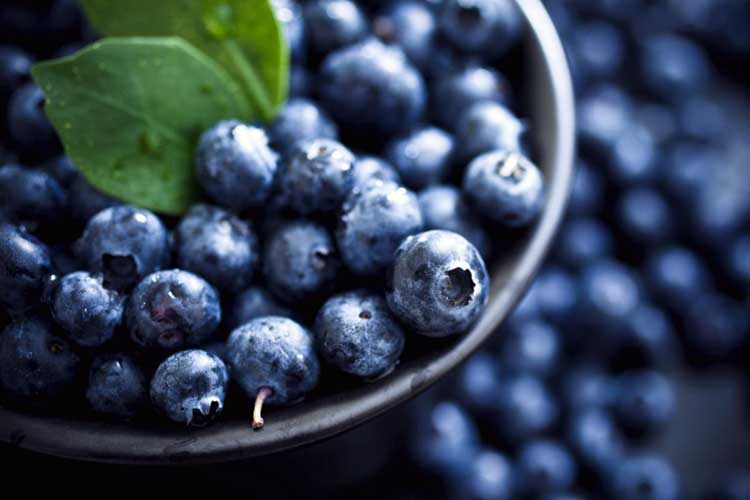
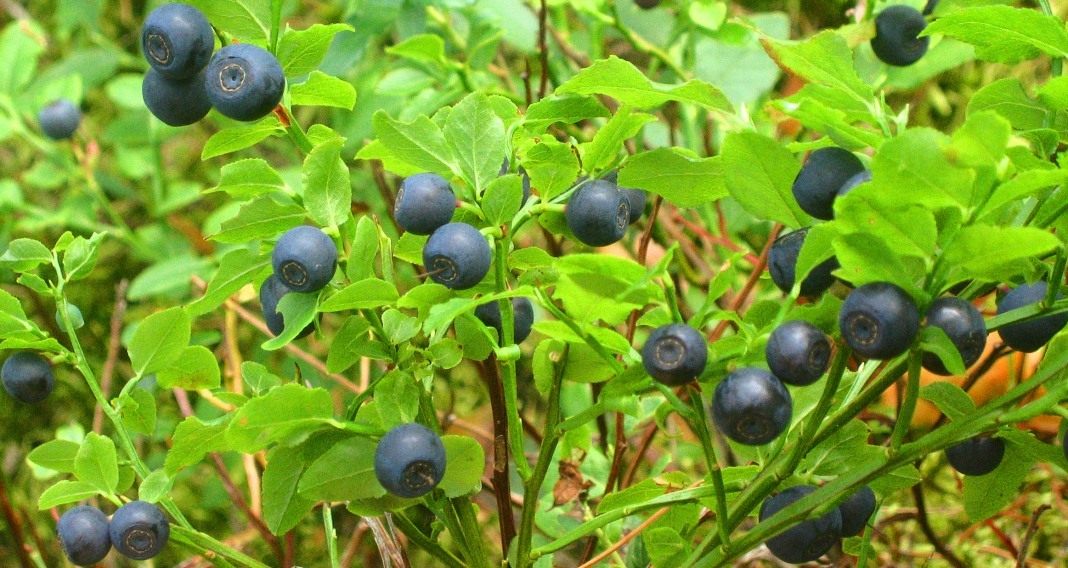
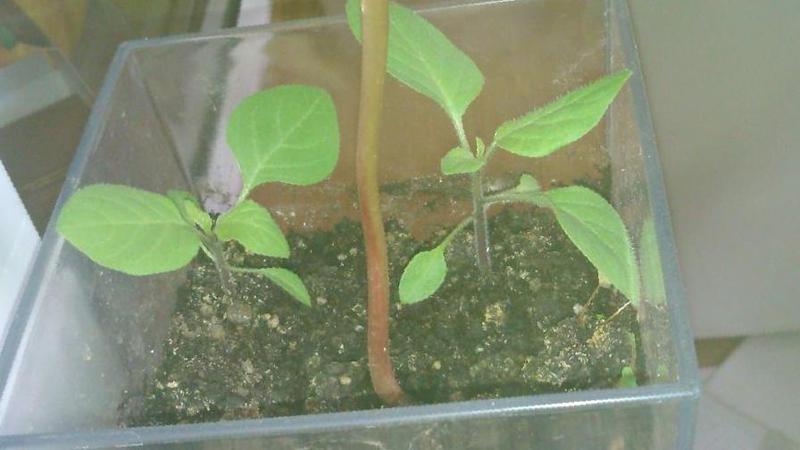
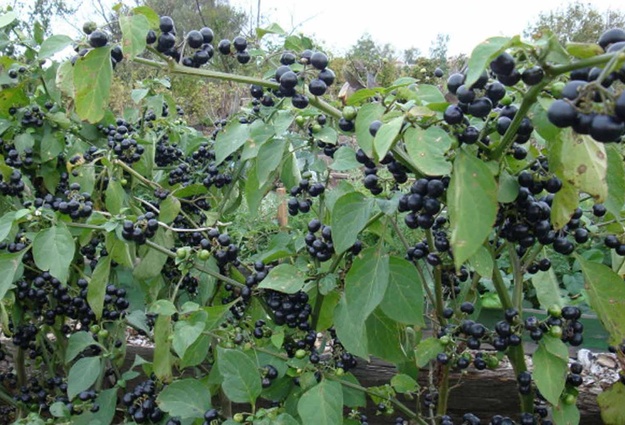
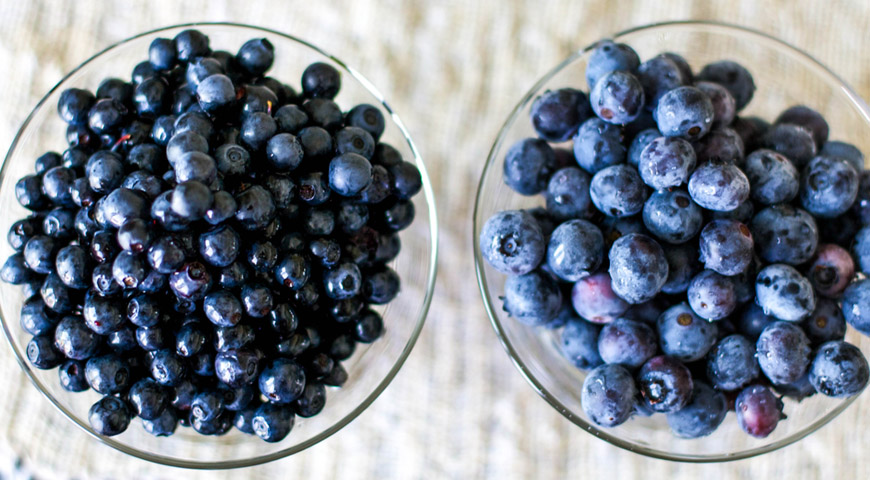
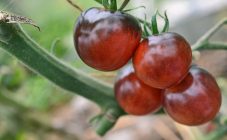
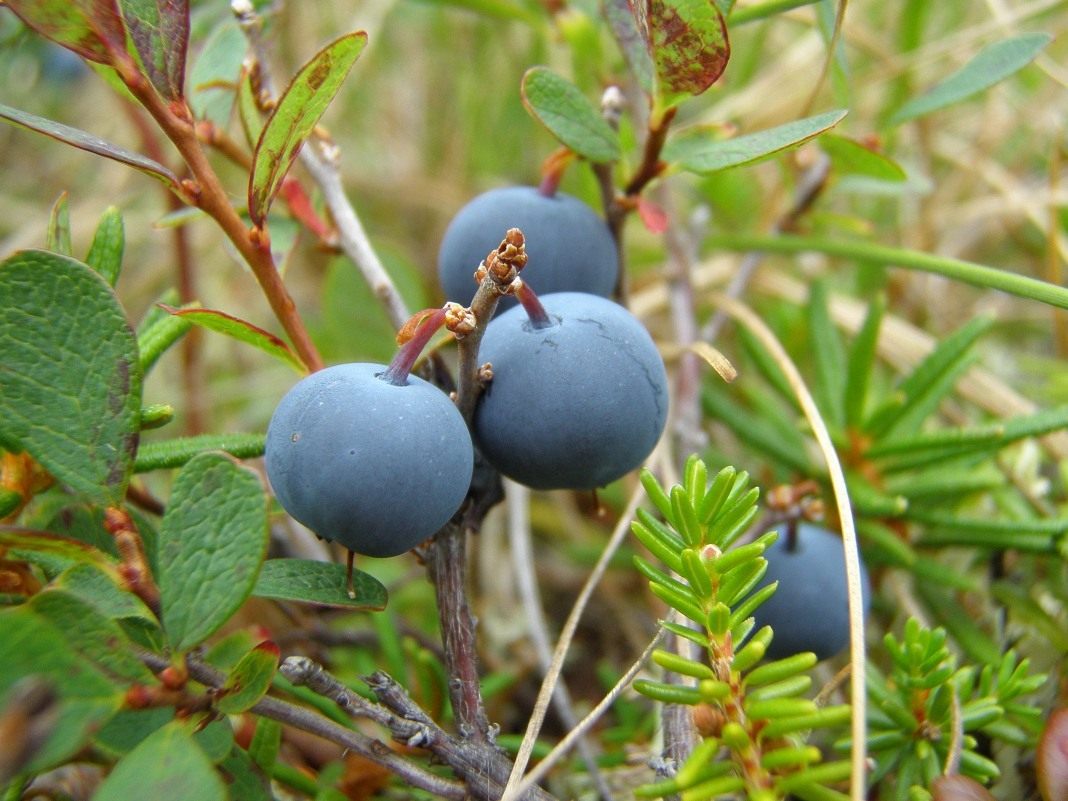
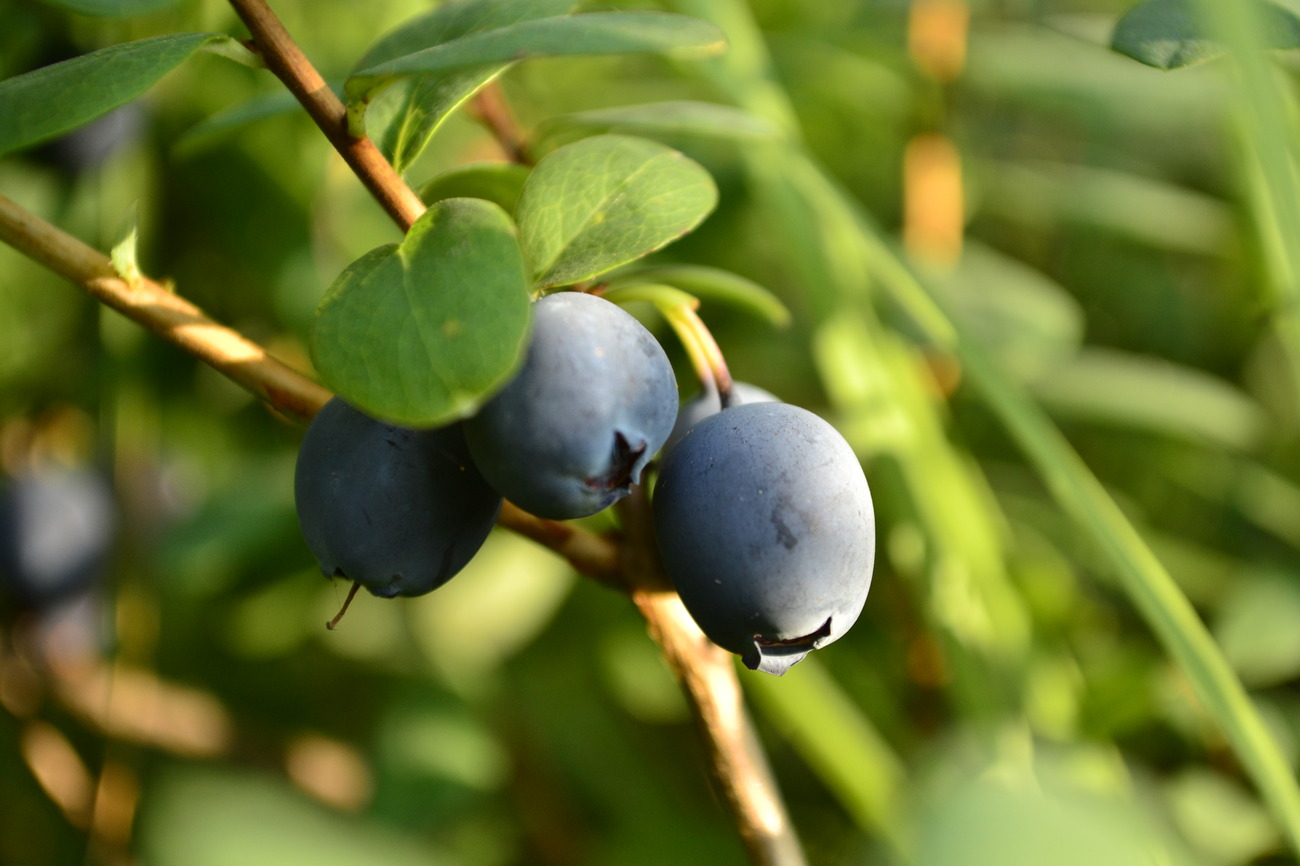
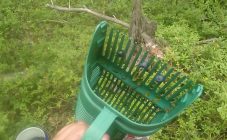
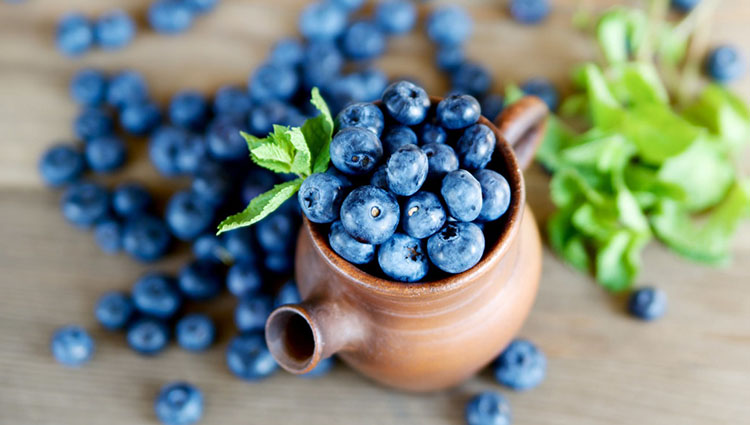







Nonsense and not a website. There are no characteristics of the varieties and the photos do not all correspond. Why mislead people if you do not understand?